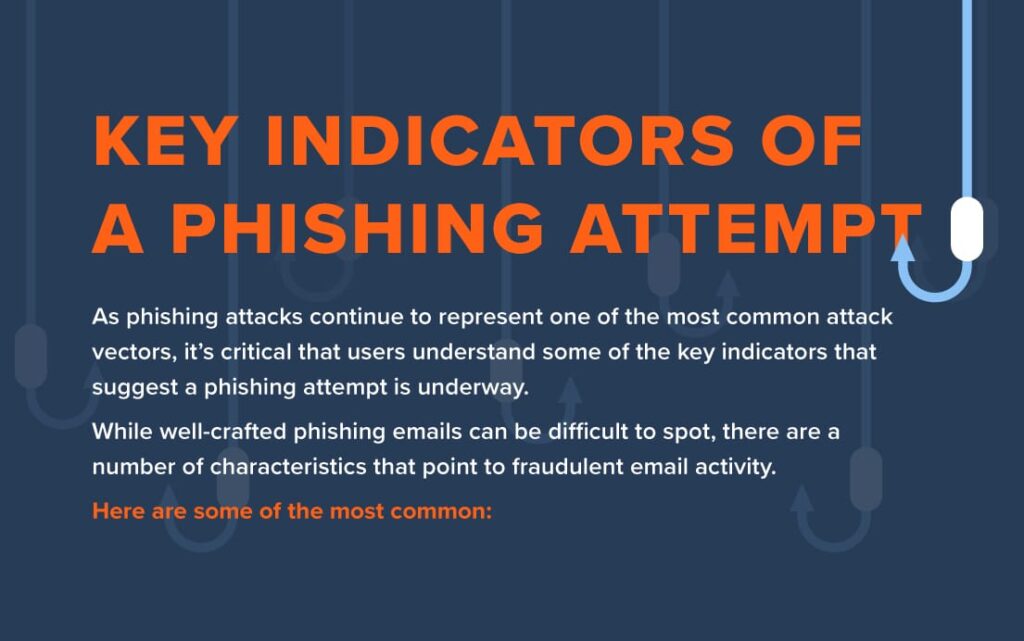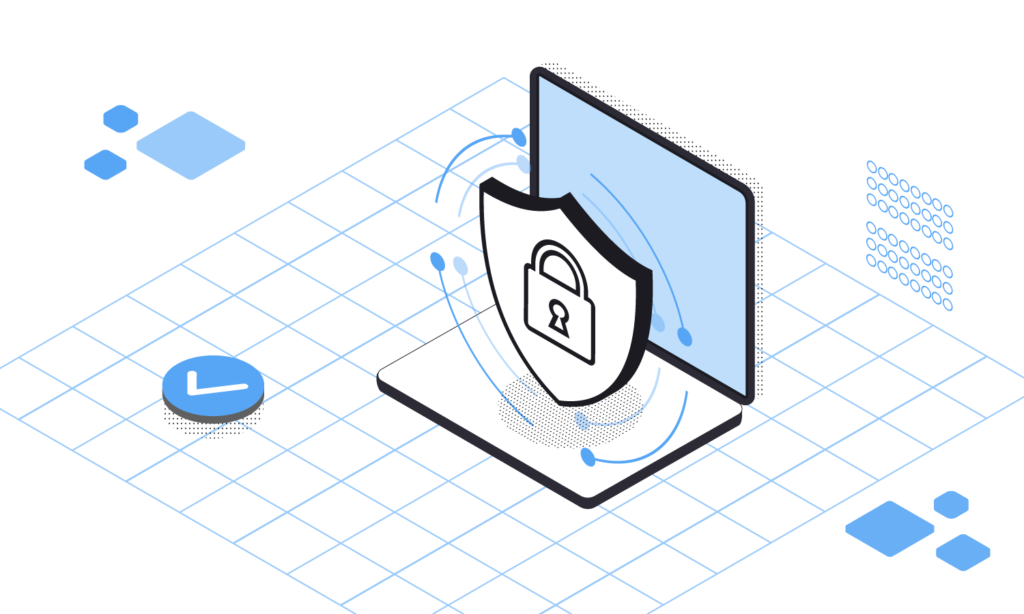Effective major incident cybersecurity is essential to any organization’s cyber security plan. In this guide, we’ll be helping you to understand major incident cyber security, improve your documentation and develop processes to provide successful handovers. We’ll also discuss how collaboration and communication can be enhanced to optimize major incident cyber security. From understanding the basics to optimizing your processes, this guide will help you streamline your major incident cybersecurity efforts.
1. Understanding Major Incident Cyber Security
When it comes to major incident cyber security, effective communication and collaboration between teams is key. Without proper coordination and communication, incident response teams may not be able to identify, contain, and mitigate potential threats, leaving an organization vulnerable to potential cyber-attacks.
A key element of successful incident response is handover, which is the process of transferring important information from one team or individual to another. The following are some effective strategies to ensure successful incident handovers:
1. Establish Clear Protocols: Outlining clear and consistent protocols for incident handovers is essential to ensure smooth and effective communication between teams. It is important to define roles and responsibilities, as well as communication processes and timelines.
2. Utilize Automation: Automation can help streamline incident handovers and reduce the risk of errors or omissions due to manual processes. Automated incident handover tools can help to ensure that the most timely and relevant information is quickly and accurately transferred from one team or individual to another.
3. Enhance Collaboration: Increasing collaboration between teams is essential for effective incident response. Utilizing collaboration tools, such as group chat, can help to ensure that all team members have access to the latest information and can respond in a timely manner.
4. Update Documentation: During the course of major incident response, teams should continually update relevant documentation, such as contact information and chain of custody. This will help to ensure that all relevant information is available for handover to other teams.
Major incident handovers can be a complicated process. However, with the right protocols and tools in place, teams can ensure that incident handovers are smooth and effective. By implementing these strategies, organizations can improve their major incident cyber security and ensure their systems are better protected from potential threats.
2. Improving Major Incident Cyber Security Documentation
Cyber security is an important component of protecting businesses from major incidents. That is why it’s important for organizations to have comprehensive and up-to-date major incident handover documents. In this blog, we’ll discuss how to improve your major incident handovers and ensure your organization is prepared for any unexpected event.
One of the most important steps in improving major incident cyber security documentation is understanding the types of threats your organization may face. Are you vulnerable to ransomware or data breach attacks? What steps are needed to protect your data and systems? Understanding these threats helps you identify the most important information to include in your major incident handovers.
Once you have identified the threats, it’s important to document the steps your organization will take in the event of a major incident. This includes a detailed description of the incident response process, including the roles and responsibilities of each team member. Additionally, document the steps to be taken in case of a data breach, such as steps to secure data, notify law enforcement, and follow up with customers. Your documentation should also include a plan for how the organization will respond to a major incident, including a timeline for when communication should be sent out and when meetings should be held.
Finally, it’s important to keep your incident documentation up-to-date. Make sure the documentation reflects any changes in technology, regulations, or processes. Additionally, be sure to include new threats, such as the rise of ransomware attacks, or any new procedures or processes your organization has implemented. Taking these steps will help ensure your organization is prepared for any major incident.
In summary, improving major incident cyber security documentation is an important part of protecting businesses from major incidents. Understanding the types of threats your organization may face, documenting the steps to be taken in case of a major incident, and regularly updating the incident documentation are all essential steps in ensuring your organization is prepared for any unexpected event.
3. Developing Processes for Major Incident Cyber Security Handovers

As companies become more reliant on digital data, cyber security is becoming an increasingly important part of their operations. As such, it is essential for companies to have an effective process in place for responding to major incident cyber security issues. To ensure that your company is adequately prepared for such incidents, it is important to develop a set of processes for major incident cyber security handovers.
The primary goal of a major incident cybersecurity handover is to transfer knowledge and responsibility from one person or team to another in a timely and safe manner. This transfer of knowledge may be necessary if the people involved are geographically remote, if the incident is too complex for one team to handle, or if a team member is temporarily unavailable. To ensure a smooth and successful transfer of knowledge, it is important to follow a few key steps.
The first step of the process is to identify who is responsible for the major incident cyber security handover. This should include the people involved in the incident, their roles, and the procedures they need to follow. For example, it is important to determine who will be responsible for the initial response and containment of the incident, as well as who will be responsible for long-term solutions. It is also important to decide who will be responsible for communicating with stakeholders and affected individuals.
The next step is to document the incident. This should include all relevant information such as the date and time of the incident, the nature of the incident, and the steps taken to respond and contain the incident. This information should be stored securely and shared with the involved parties. Additionally, the parties should also have a clear understanding of the process for transferring knowledge and responsibility.
The final step is to establish a timeline for the handover. This timeline should include a set of checkpoints and deadlines for transferring knowledge and responsibility. It should also include specific instructions on what information needs to be transferred, who will be responsible for transferring the information, and when the transfer should occur.
By following these steps, companies can ensure that knowledge and responsibility for major incident cyber security issues are transferred quickly, securely, and effectively. This will help minimize any disruption to operations and ensure that the incident is contained and resolved as quickly as possible.
4. Enhancing Major Incident Cyber Security Collaboration
Major incidents in the world of cybersecurity are far too common and impactful. Although the right protocols and processes exist, it is often difficult to ensure that they are effectively communicated and implemented in the right way. This is where major incident cyber security collaboration comes in – it is instrumental in ensuring that the right teams are being utilized and the right protocols are being followed.
The primary goal of major incident cyber security collaboration is to share information between cybersecurity teams quickly and efficiently. This should include the sharing of best practices, strategies, and resources, as well as the coordination of activities and efforts to improve the overall security posture of the organization.
To ensure that major incident cyber security collaboration is effective, it is important to keep a few best practices in mind. First and foremost, the roles and responsibilities of each team involved should be clearly defined. This ensures that everyone knows who is responsible for what, and that all teams are aware of their roles in the event of a major incident. Additionally, it is important to have a dedicated team or individual in charge of tracking and assessing the incident, as well as a standard process for regular communication between teams to ensure that all relevant information is shared.
Another important aspect of major incident cyber security collaboration is that teams should be regularly trained on the latest threats and trends in the industry. This will ensure that everyone remains up-to-date on the latest developments and that teams can quickly respond to any potential threats. Additionally, teams should also be encouraged to conduct regular tabletop exercises to ensure that everyone is familiar with their roles and responsibilities.
Finally, it is important to have a clear understanding of the information sharing rules and regulations within the organization. This will ensure that teams are not sharing information that is not necessary and that only relevant data is being shared. Additionally, it is important to keep track of all communications and activities, as this can provide invaluable insights into the incident and provide a better understanding of the complete picture.
By implementing these best practices, organizations can ensure that major incidents are managed effectively and efficiently, allowing organizations to quickly respond to any potential threats. By collaborating across teams and departments and regularly sharing information, this will ensure that all members of the organization are working together towards a common goal of better cybersecurity.
5. Optimizing Major Incident Cyber Security Communications
When it comes to major incident cyber security, effective communication is crucial. Companies must ensure that all personnel involved in the incident response and recovery process are able to effectively communicate and collaborate with each other. To ensure successful incident management, organizations should look to optimize major incident cyber security communications.
The first step in optimizing major incident cyber security communications is to ensure that everyone involved in the incident has the necessary information. This includes ensuring that all personnel have a clear understanding of the incident and its potential implications. All personnel should understand the potential impact of the incident and the steps needed to mitigate it as quickly as possible.
Next, organizations should create a clear and organized communication plan. This plan should include who will be responsible for communicating with internal and external stakeholders, as well as the type of information that needs to be shared. It is also important to ensure that everyone has a clear understanding of their roles and responsibilities.
Organizations should also ensure that all personnel have access to the same resources and tools. This ensures that everyone has the same information at their disposal and can help to ensure that everyone is on the same page. Additionally, organizations should ensure that all personnel are able to transfer information securely and efficiently. This can be achieved by utilizing secure communication channels such as encrypted emails, secure messaging applications, and secure web conferencing.
Finally, organizations should ensure that all personnel have access to the same resources and tools. This ensures that everyone has the same information at their disposal and can help to ensure that everyone is on the same page. Additionally, organizations should ensure that all personnel are able to transfer information securely and efficiently. This can be achieved by utilizing secure communication channels such as encrypted emails, secure messaging applications, and secure web conferencing. In addition to these measures, organizations should also ensure that all personnel are trained on how to effectively communicate during a major incident. This training should include topics such as how to effectively communicate with internal and external contacts, how to identify and address risks, and how to document the incident.
By following the steps above, organizations can ensure that their major incident cyber security communications are optimized and that personnel are able to effectively collaborate and communicate with each other. This can help to ensure that the incident is handled quickly and efficiently, and that the organization is able to effectively recover from the incident.
Conclusion
Organizations aiming to improve their major incident cybersecurity must develop a comprehensive strategy to leverage the full benefits of the cyber security handover process. This includes understanding the unique security needs of major incident scenarios, improving documentation, developing specific processes, enhancing collaboration between stakeholders, and optimizing communications. By taking these steps, organizations can ensure that their major incident handovers are secure, effective and efficient.




